
JOANNA BIRD cordially invites you to this Summer Exhibition in which a selection of contemporary and 20th-century artworks have been placed in the three galleries, as well as in the welcoming and well-established garden.
The exhibition will refresh the spirit with outstanding work by Bernard Leach, Lucie Rie, Rupert Spira and Charles Vyse, shown alongside cutting edge dichroic glass sculpture, carved lettering on slate, ceramics, and vividly colourful work in glass.
The exhibition will also feature several stone carvings by this year’s graduates from the City & Guilds School of art.
‘The Sunlight on the Garden’ welcomes you to take pleasure in the work on display and to take time in the beautiful garden.

We are delighted to be presenting work by Morgan Edwards, Steffan Lomax and Imogen Long – BA Graduates in Historic Carving: Architectural Stone at the City & Guilds of London Art School.
Silvia Aguirre has studied ceramics, mosaics and book conservation. After receiving a Higher National Diploma from the London College of Printing, she went to Japan and studied the basis of Japanese Lacquer and its restoration for two years. Since then, Aquirre has lived in Japan for 17 years, working mainly in Japanese Lacquer restoration and Kintsugi. Now back in her native Spain, she continues her studio practice in Kintsugi, Lacquer Restoration and original lacquer work. She also works to commission.
Dawn Bendick is an artist working with time, light and multitone glass. Her project entitled ‘Time Over Time’ considers how the changing properties of a material can signal the passage of time. She works with a combination of natural and artificial lights to trigger changes in the colour of this unusual and magical material. Her work is inspired by natural light and our intuitive ability to track time without technology. By tapping into our peripheral senses, she questions how we can bring awareness to the changes in seasons, atmospheric light and weather.

Clive Bowen studied with Michael Leach, then became a friend of Michael Cardew, where he learnt about wood firing at the Wenford Bridge Pottery. In the late 1970s, he built the largest two chambered wood fired kiln in the country. Bowen is known for his domestic ware in the true Mingei tradition, he likes the idea that people can afford to replace his pots. His free gestural decoration fits so well on his warm and lively work. Never one to overstate, he remains truthful to his chosen path while interpreting his work in a painterly way.
Karen was born and brought up in Yorkshire. She graduated from London University with an honours degree in chemistry, but quickly realised that this was not the career for her. After a brief time programming computers in the early 70’s, she discovered pottery.
Bunting set up her first studio in an Acme mixed complex on Acre Lane in Brighton. She has since established her own studio and home in Hackney with her artist husband, Peter Bunting.
Born in 1975 in Pakistan, brought up in Manchester and now living in Blackburn, Lancashire, Halima Cassell’s varied, multi-cultural background is tangibly present in her work. A natural creativity presented itself at an early age and was nurtured to fruition as Cassell carved her way through an art-based education: an undergraduate degree in 1997 and an MA in 2002.
Cassell combines strong geometric elements with recurrent patterns and architectural principles, her work utilises definite lines and dramatic angles.
Sotis Filippides was born in Athens, Greece in 1963. Filippides is inspired by the childhood summers spent in his family’s house beside the sea in Greece. He explains, “The shapes and colours of pebbles and shells, and the textures of the rocks and driftwood left a deep imprint in my memory, and they can all be found in my latest work.”
Akiko Hirai was born in Japan in March 1970. She studied cognitive psychology in Japan before moving to England. Being in the UK made her aware of her own cultural influence in her visual perception. Hirai studied ceramics at Central St. Martins and proceeded to establish her studio in The Chocolate Factory. She makes practical ware using the Japanese tradition of allowing the clay to show how it wants to be fired “itself”. Her work also allows the viewers to discover the language of the objects in their own ways. She likes to focus on the interaction between the objects and the viewers.
Joe Hogan is a traditional basketmaker and fine artist. Living rurally, he has been making baskets at Loch na Fooey, Ireland since 1978 using natural willows he grows to create his award-winning baskets. He has earned a reputation for making beautiful, durable baskets of the highest quality as well as indigenous Irish baskets such as creel.
Francs Lloyd-Jones initially studied Fine Art at Chelsea College of Art, London before completing a two year Ceramic Skills and Design Course in Thomastown, Ireland. He then went straight on to work at Maze Hill Pottery as an apprentice to Lisa Hammond, finishing in January 2022. He is a selected member of the Craft Potters Association and was short listed for the Heritage Crafts Trainee of the Year 2021.
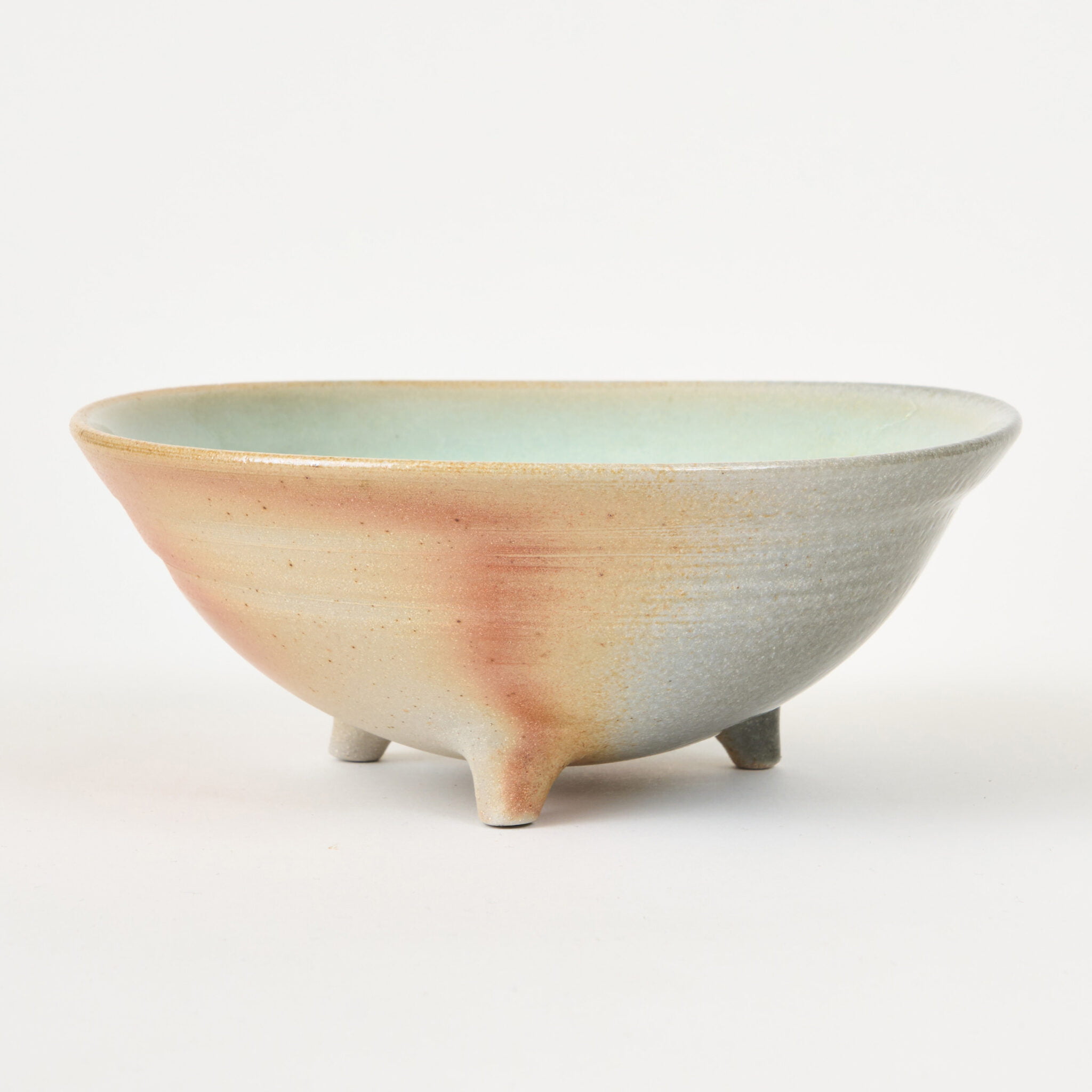

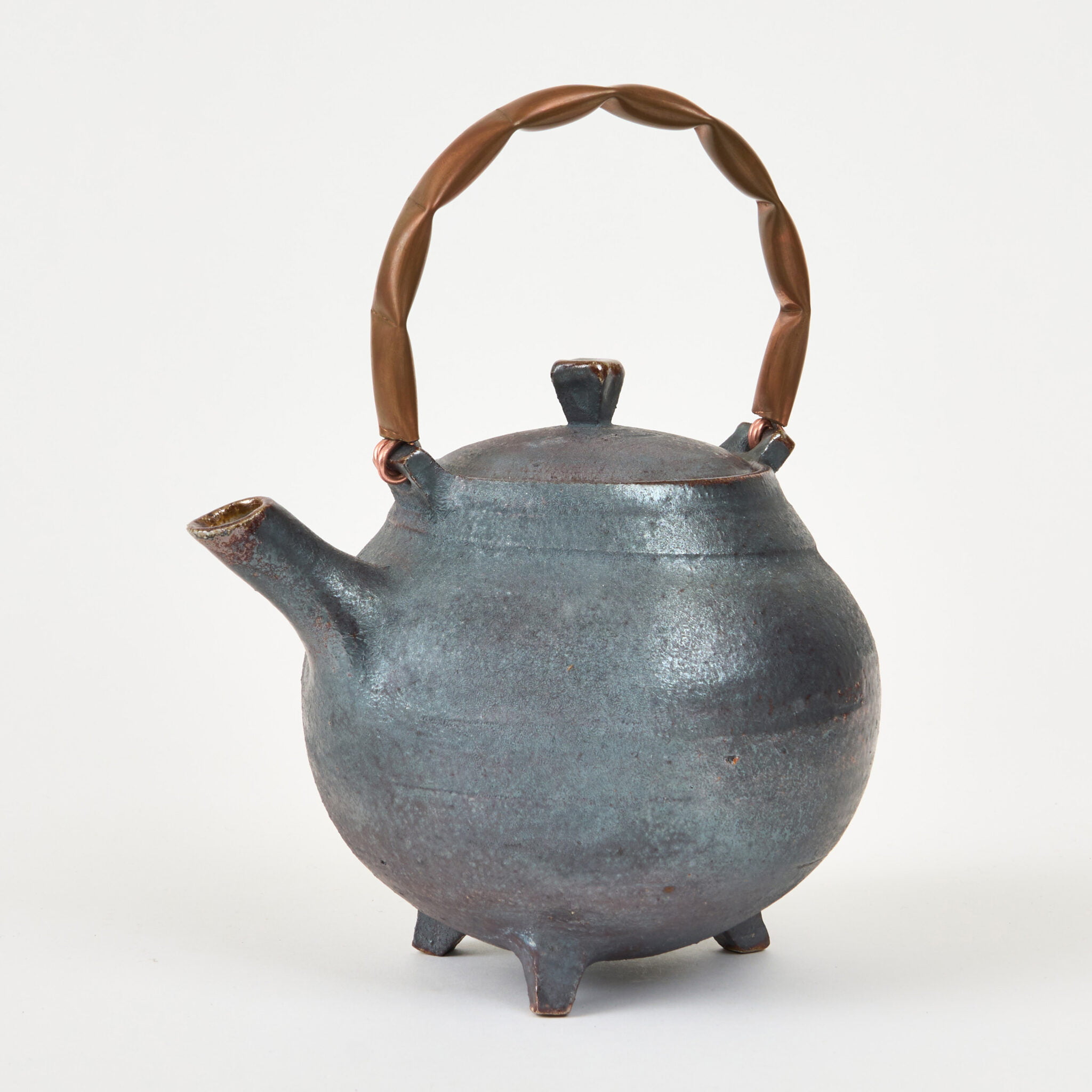

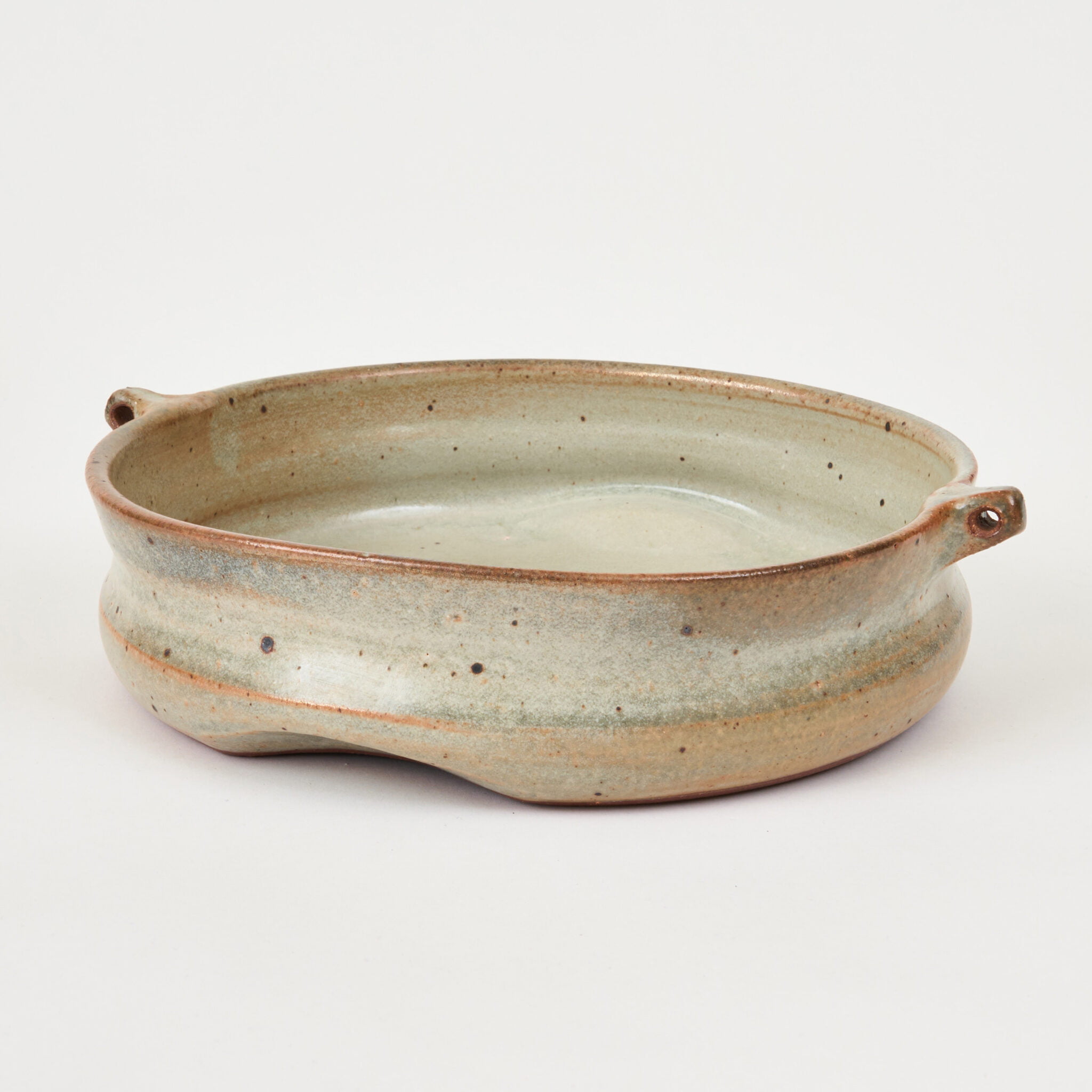
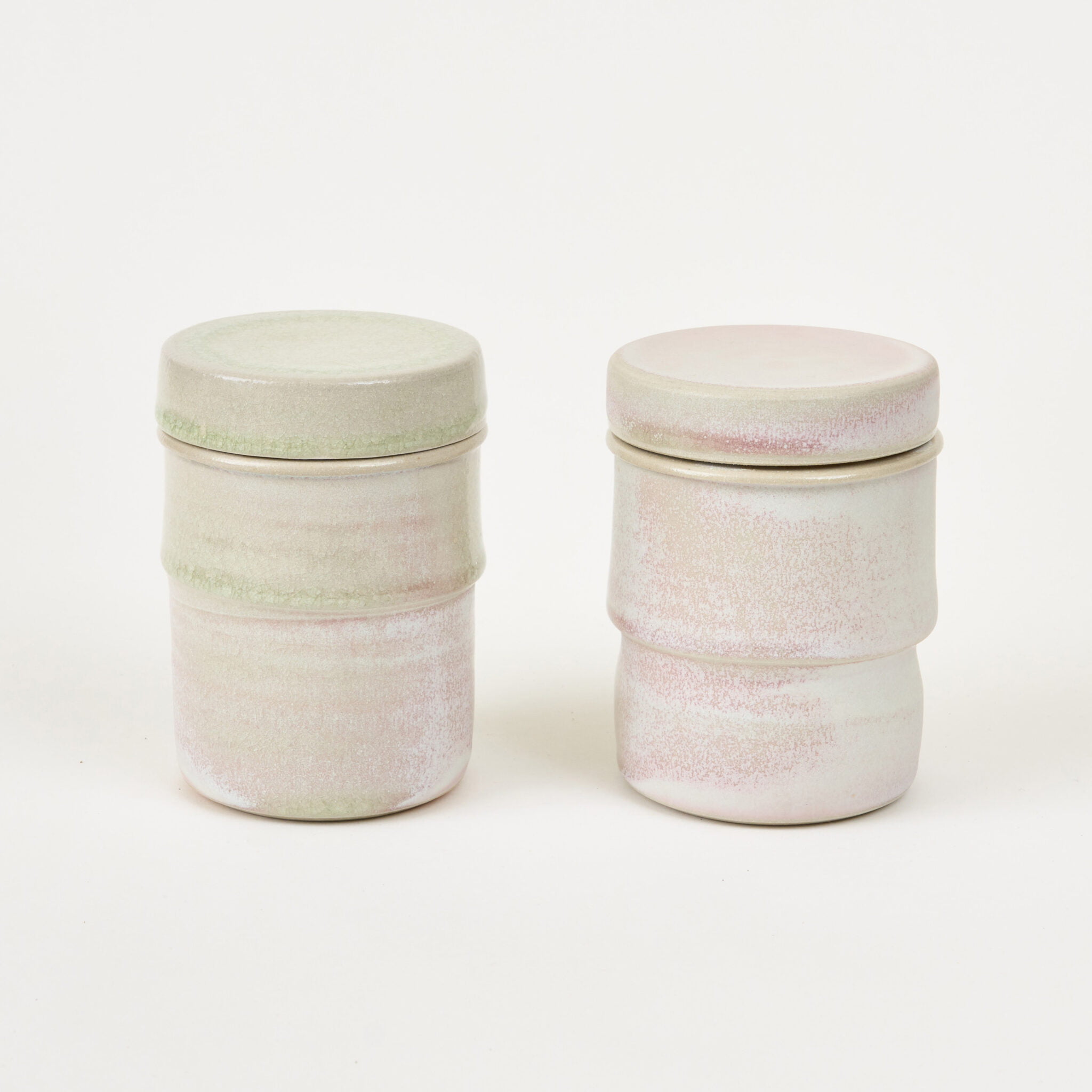
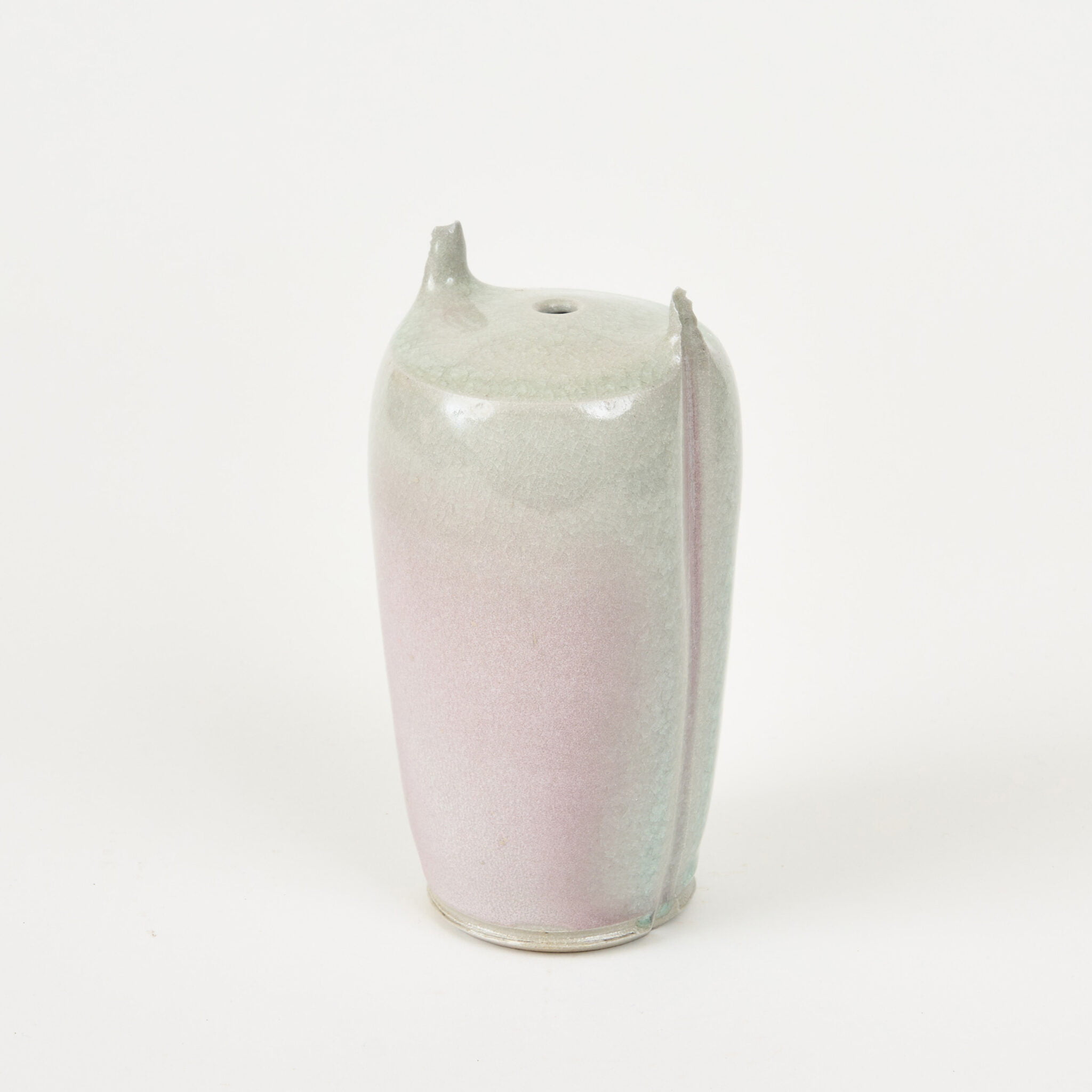

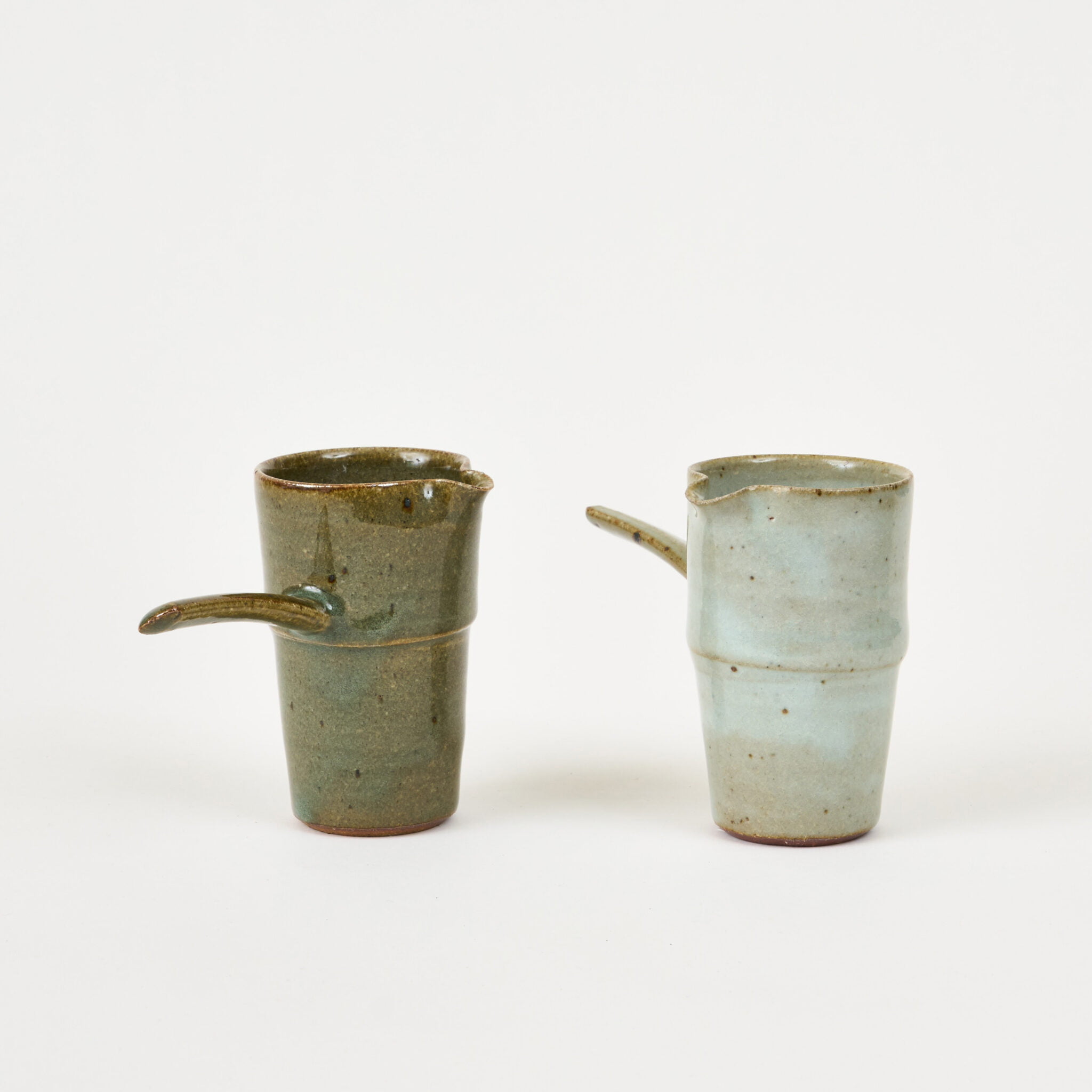
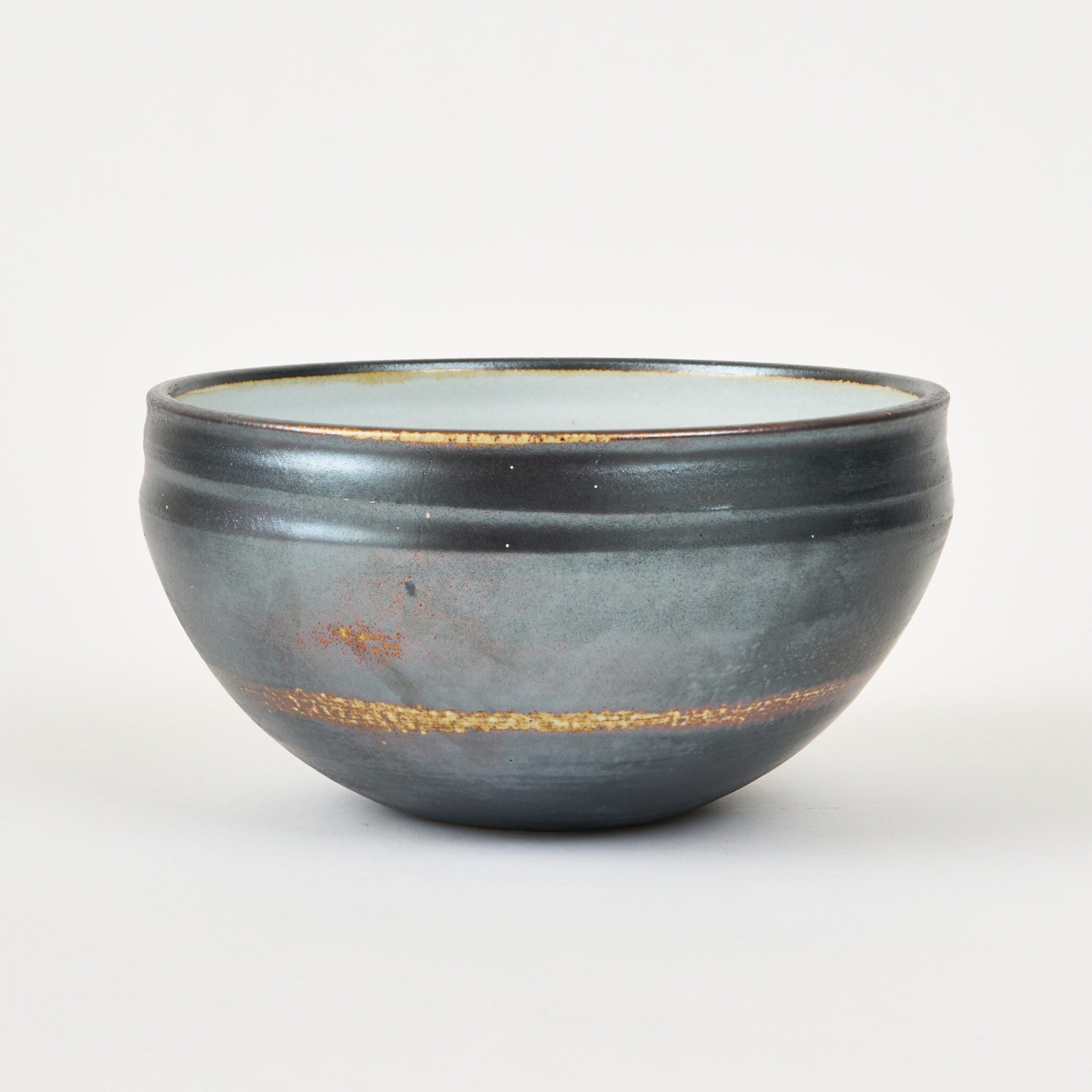
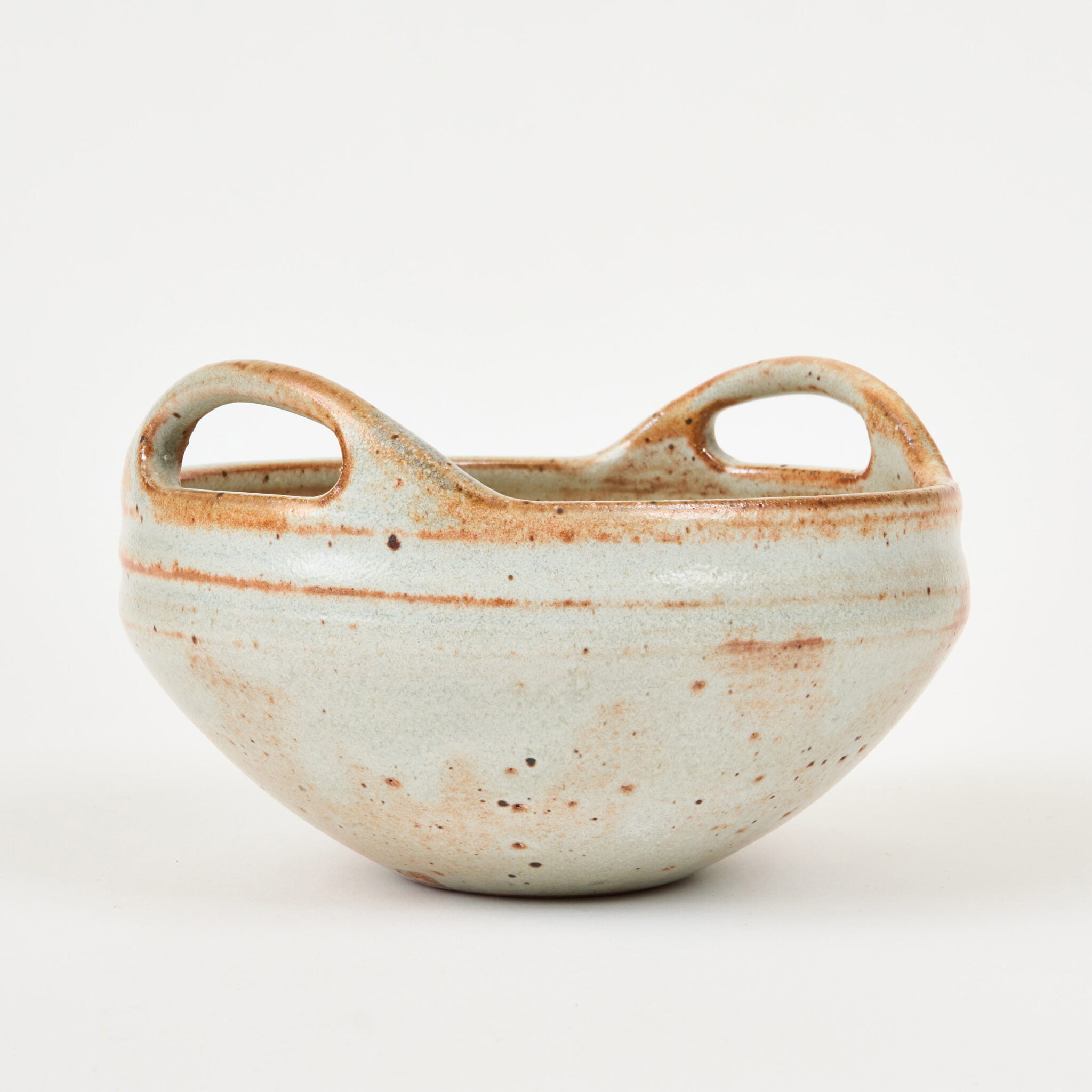


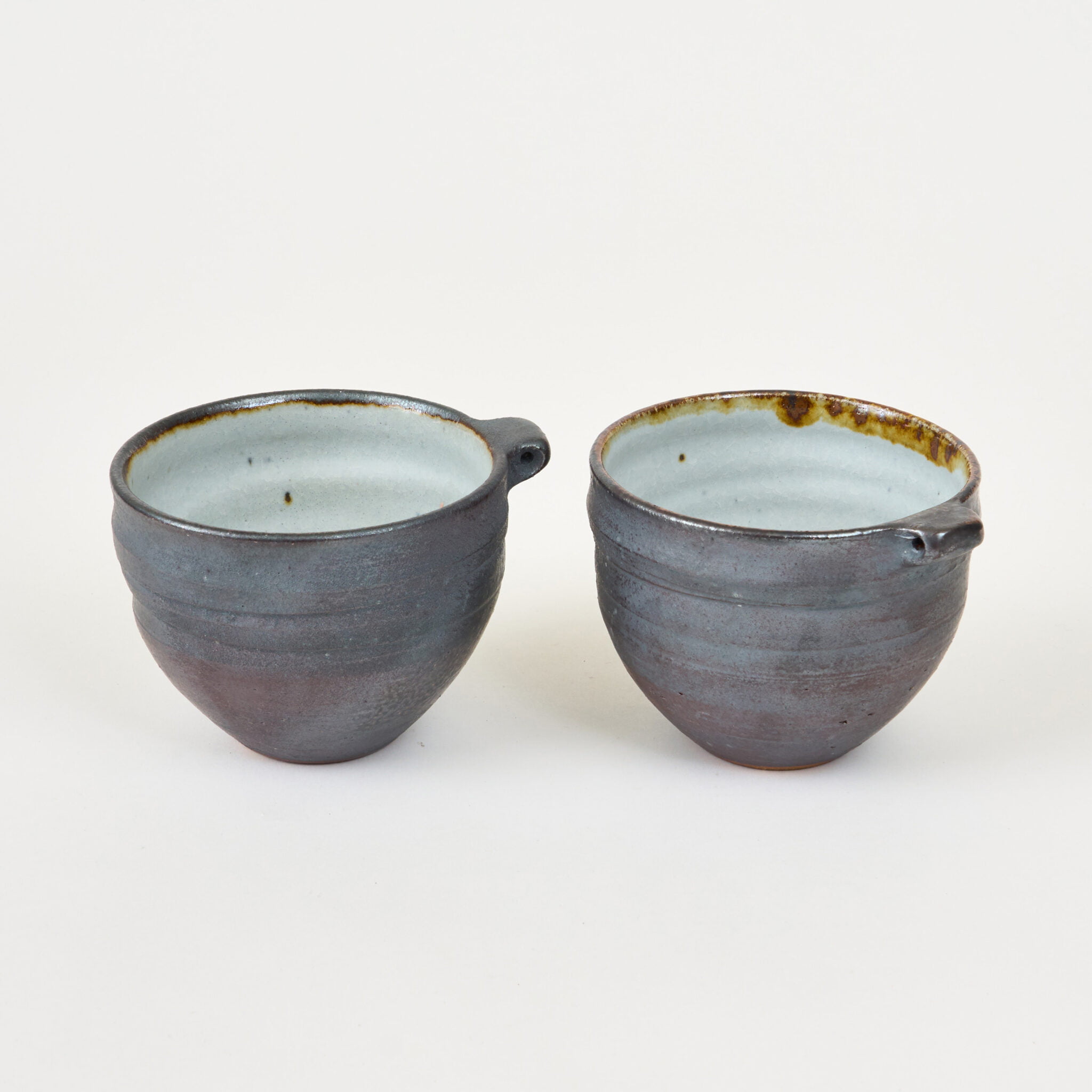
Tom Perkins has worked as a renowned letter carver and lettering designer for the last twenty five years. Working to commission, he designs and uses his own letter forms in all his work, which includes carved inscriptions (using a wide variety of British stone and slate), lettering for graphics and painted lettering within buildings. Perkins has carried out commissions for many patrons including Her Majesty The Queen.

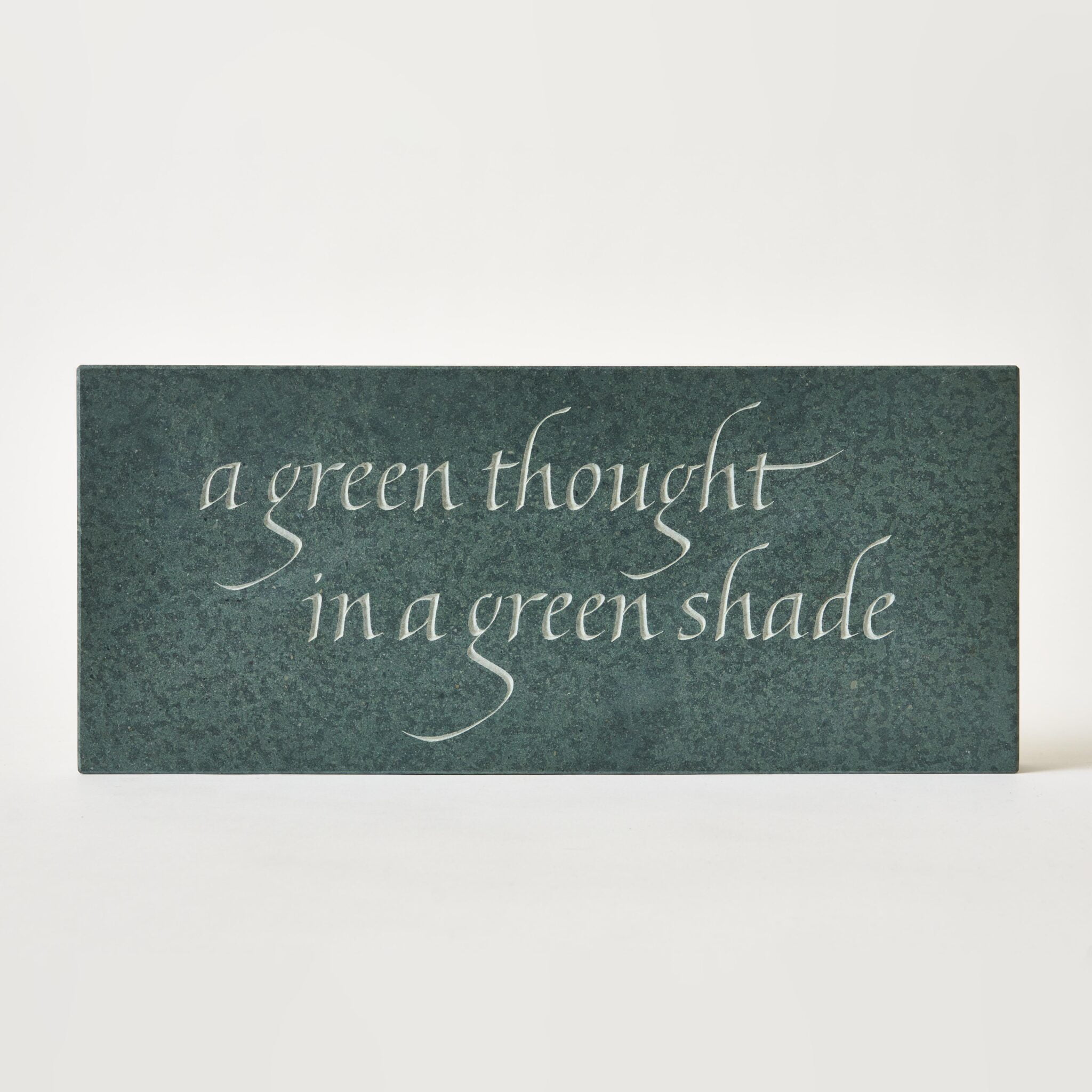
Working by the sea in Hastings, artist and potter Judith Rowe makes a wide range of earthenware. She uses traditional techniques which she learned under Eddie Hopkins in the renowned Winchcombe Pottery in Gloucestershire.
Judith is inspired by nature which is the central motif permeating her work both metaphorically and literally, since she decorates with painterly brushwork and regularly throws pots with clay gathered from the sea shore at low-tide. Loving nothing more than to be on the beach or in the fields, she decorates her earthenware using oxides and paints that mirror the greens, greys and blues of the sea and surrounding landscape. Judith has cited Minoan terracotta pottery as her fundamental inspiration.


Rupert Spira was born in London in 1960. He gained a degree at West Surrey College of Art and Design from 1978 – 80 under Henry Hammond and later trained with Michael Cardew at Wenford Bridge Pottery. In 1996 he set up his own studio at Church Farm, Shropshire.
The skill of throwing on a potter’s wheel is the basis of Rupert Spira’s work. Having been the apprentice to several major ceramic artists, he has set very high standards in the craft of his art – making pots with extraordinary detail that one might not expect.
The versatility of his skills mean that works vary in scale from miniature to monumental and in decoration from monochrome to intricately hand-written texts. Rupert also painstakingly used to apply raised texts to some pieces, and in some cases poetry he had written himself. (He is no longer making pottery.)
Matthew Warner completed his BA at Camberwell College of Art in 2010. He went on to study under Julian Stair and now works from his studio in South East London. Matthew is inspired by the work of 18C potter, Josiah Wedgwood.
‘Pots fascinate me because they embody and articulate so much information about society and culture. They are relics or signals of taste, social behaviour and cultural history. Their forms are incredibly diverse and at the same time carry a universal understanding. These everyday objects span social divides and convey very concentrated messages about their environment. I am particularly interested in the social connotations of these objects throughout history and more specifically how they have been deployed to promote ideas of class, power, and even moral understanding. My new work explores these perceptions of status and how they are influenced by functionality, social environment, material and ideas of luxury.’
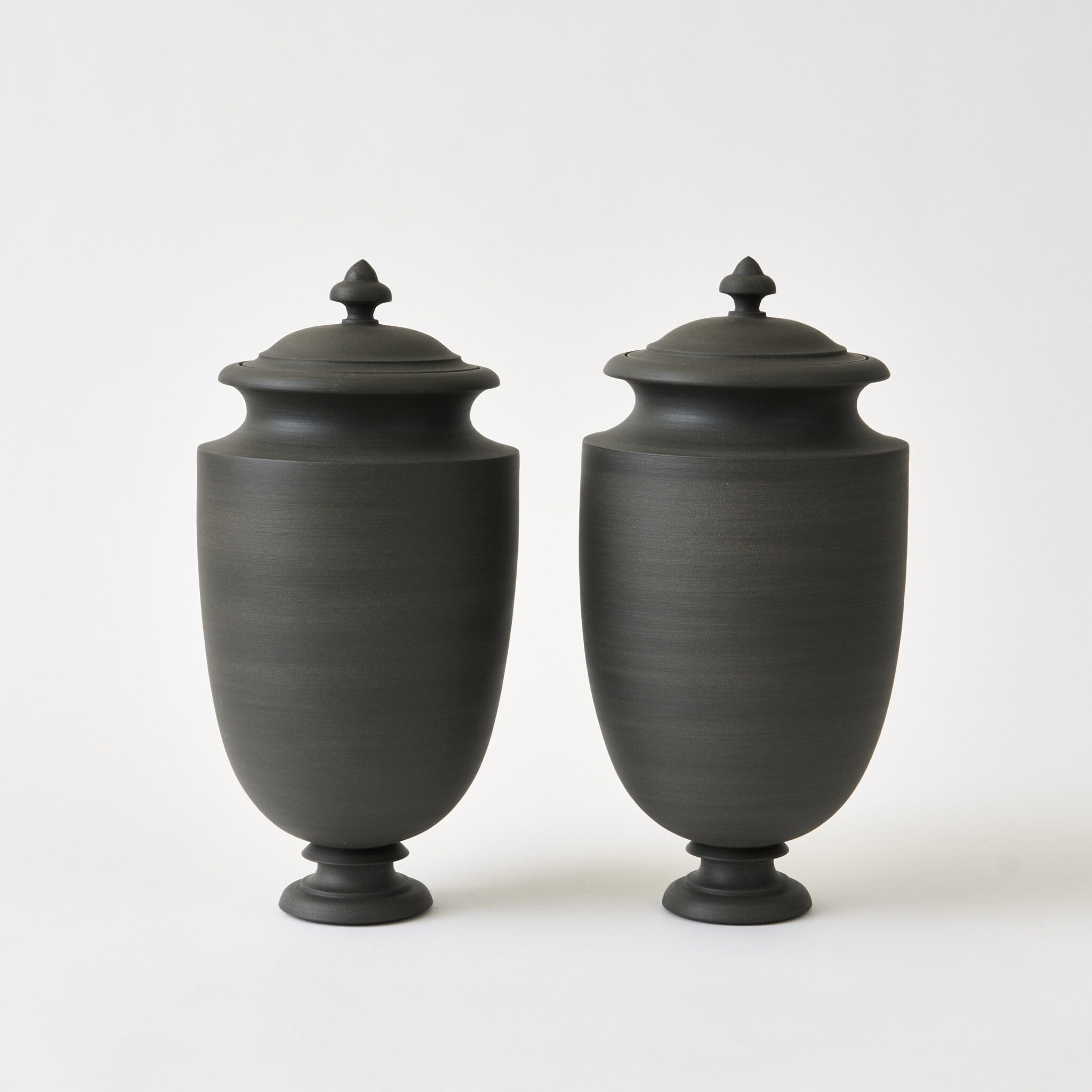
Gregory Warren Wilson’s brilliantly colourful and innovative work in glass plays with the translucent nature of the material. Each piece is conceived on multiple layers – sometimes as many as six – and these layers allow light to interact with the glass spatially, penetrating the depths within each frame. The designs he makes sparkle and scintillate, and they appear to move as you look at them.
Having lived for many years in Italy and Australia, light is crucial to his work as an artist. The tesserae he uses are hand-cut in Murano, and the irregularity of each unique piece enlivens the surface of his work, refracting light in ways that are eye-catching and unpredictable.
Warren Wilson is a prize-winning poet. He has published five collections and was awarded an Arts Council Grant in 2008. A number of his glass designs take as their starting point a fragment of poetry.
Alan Caiger-Smith established the Aldermaston Pottery in 1955 as a cooperative workshop for potters. He is the author of Tin-Glaze Pottery published in 1973 and Lustre Pottery published in 1985. Caiger Smith was Chairman of the British Crafts Centre from 1973 – 1978 and was awared the MBE in 1988. Caiger-Smith is known for reviving the art of lustreware. Famous for his brushwork, he made all his own brushes.
Joanna Constantinidis was born in York and trained at Sheffield College of Art. In 1951 she became a lecturer in Ceramics at Chelmsford Technical College and School of Art, and taught there for nearly forty years. In 1978 she was awarded the Medal of Honour at the international exhibition of ceramic art in Faenza. Her work was influenced by British history, drawing inspiration from medieval pottery, Staffordshire slipware, salt glaze and early industrial pottery. Another influence was modern and ancient Greece, with much of her work being subtly lustred suggesting sun-bronzed metal and minimalist shapes.
Henry Hammond studied under William Staite Murray at the Royal College of Art. After service in World War II, Hammond worked with Bernard Leach at St. Ives before taking up his position as pottery instructor at West Surrey College of Art and Design for the rest of his career. Hammond is well known for his brush decorated work and was described as a “magnetic teacher”.
Gwyn Hanssen-Pigott was an Australian ceramic artist . She apprenticed with potters in both Australia and England using local materials in small-scale studio production following the traditions of Leach and Cardew. In addition to apprenticing at Wenford Bridge, she studied with Lucie Rie at Camberwell School of Art, London.
Hazel Johnston was born in Cumbria in 1933. She studied ceramics at the Manchester College of Art, graduating with First Class Honours, before going on to teach at Mid-Warwickshire School of Art. A Fellow of the Craft Potters Association and the Royal Society of Arts, Hazel regularly took part in CPA, Gloucestershire Guild and Midland Potters exhibitions. Initially confined to domestic slipware, Hazel’s work expanded to include stoneware and, from 1977, thrown porcelain bottles and bowls. Simply finished in subtly coloured mixtures of metal oxides under a dolomite glaze, clarity of form is the most critically important and main characteristic of Hazel’s work.
Bernard Leach was born in Hong Kong and grew up in the Far East until the age of ten. Bernard Leach was the pre-eminent artist potter of the Studio Pottery Movement. Described as its “father”, in both the West and in Japan, his influence on the Movement and its growth has been profound, and is still palpable. He wrote many books, and his work been exhibited worldwide. His work is in numerous major international collections, public and private.
David Leach was born in Tokyo, Japan and was the son of Bernard Leach. He began his apprenticeship with his father at the Leach Pottery St. Ives, Cornwall in 1930. In 1955, he set up the Lowerdown Pottery at Bovey Tracey, Devon. David Leach played a crucial part in the survival of his father’s Leach Pottery. After two years training at Stoke-on-Trent, he was responsible for modernizing the St. Ives workshop and setting it up as a production pottery for the stoneware range known as “Standard Ware”. His technical knowledge and commitment were vital to progressing the Studio Pottery tradition.
He established his own workshop at Lowerdown in 1956 where he developed a porcelain suitable for studio pottery. He was also involved in many aspects of education.
Jim Malone works from his studio in Cumbria, overlooking the Cumbrian Fells. Working with a wood fired kiln that he built himself, he specialises in tenmoku, kaki, wood ash, and hakame glazes.
Born in Berkshire, Katharine Pleydell-Bouverie grew up in a seventeenth century stately home. In the 1920s, she moved to London and visited Roger Fry at his Omega Workshops – this inspired her to attend the Central School of Arts and Crafts, London, where she studied under Dora Billington.
In 1924 Pleydell-Bouverie was taken on by Bernard Leach at his pottery in St. Ives. She remained at the Leach Pottery for a year and learnt alongside Michael Cardew, Shoji Hamada and Tsuronosuke Matsubayashi. The following year Pleydell-Bouverie started her first pottery with a wood-fired kiln in the grounds of her family estate at Berkshire. She used ash glazes, prepared from wood and vegetables grown on the estate. In 1946 she moved to her second pottery at Kilmington Manor in Wiltshire where she first fired with oil, and later with an electric kiln. She worked at Kilmington until her death in 1985.
Born in Vienna, Lucie Rie studied ceramics at the Wiener Kunstgeweberschule under Michael Powolny and Robert Obseiger from 1921 to 1926. She showed her work in various exhibitions with other artists of the Wiener Secession, including the Paris exhibitions of 1925 and 1936. She arrived in England in 1938 and established her studio in Albion Mews, West London, where she remained for the rest of her working life.
Charles Vyse was born in Staffordshire to a family in the pottery industry. He studied sculpture at the RCA before becoming a member of the Royal British Society of Sculptors and continued his study at the Camberwell School of Art. He worked with Nell, his wife, who was exceptionally knowledgeable concerning ceramic chemistry. He occupies an important position in the history of British Studio Pottery as one of the pioneers experimenting with high-fired stonewares of Chinese type. His work is technically of a very high order.

Thank you for visiting ‘The Sunlight on the Garden’. We hope you have enjoyed the exhibition.
Thank you to all the artists and to photographers Alick Cotterill, Sean Barnes and Sylvain Deleu.
All enquiries please contact: info@joannabird.com or call +44 (0)208 995 9960.